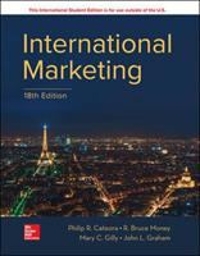Question
Chapter 2 in the textbook works out an example where there is a supply curve and demand curve for bottled water given by: Supply: Q
Chapter 2 in the textbook works out an example where there is a supply curve and demand curve for bottled water given by:
Supply: Q = - 100 + 400
P Demand: Q = 1150 100
P (Notice these are direct, not inverse, supply and demand curves). The competitive equilibrium price and quantity are: PC = $2.50 and QC= 900
a) Suppose that this water was drawn from an underground acquifer by the water bottling company. The production of this bottled water imposed an external cost on other users of the water supply.
For example, farmers that drew water from the same acquifer faced higher costs to pump water for irrigation. Suppose that the marginal external cost (MEC) imposed by the bottling company was MEC= .001Q. Derive the allocatively efficient level of production when this cost externality is present.
b) Calculate the change in welfare that will occur if the town could move from the competitive output level to the allocatively efficient level. Show your answer in a clearly labeled graph.
c) Suppose that the MEC was constant for each unit of output, not increasing with Q, and given by MEC = .5. Recalculate your answers to part A and B using this constant MEC curve.
Step by Step Solution
There are 3 Steps involved in it
Step: 1

Get Instant Access to Expert-Tailored Solutions
See step-by-step solutions with expert insights and AI powered tools for academic success
Step: 2

Step: 3

Ace Your Homework with AI
Get the answers you need in no time with our AI-driven, step-by-step assistance
Get Started


